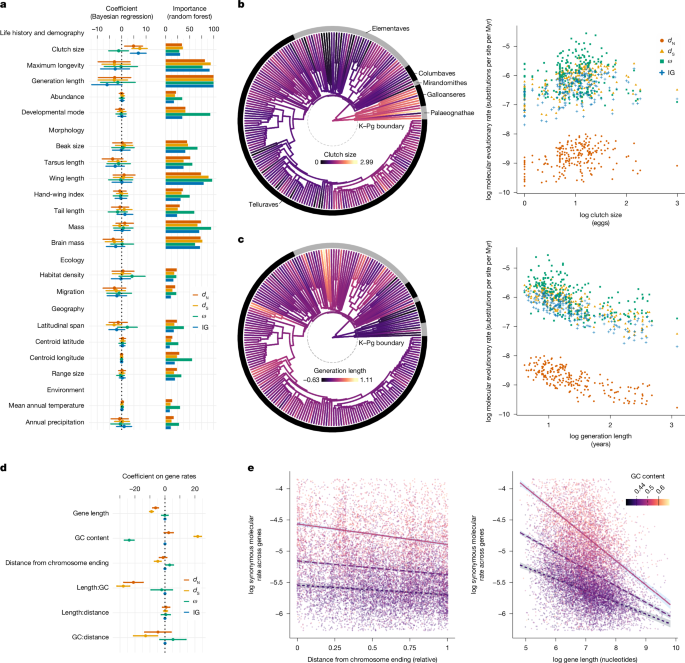
"Birds have the highest species richness among tetrapods, with evolutionary innovations in flight, coloration, and genomic evolution shaping their adaptive traits and success."
"The relationship between life history traits and genomic evolution provides critical insights into the mechanisms driving the diversification of avian phenotypes across various habitats."
Birds represent the most diverse group of tetrapods, thriving in all habitats due to remarkable evolutionary adaptations in traits such as flight, song, and beak morphology. Their genomic evolution is closely associated with these adaptive traits, revealing patterns like genome size reduction in flightless species and accelerated regulatory changes linked to lifestyle. The recent availability of extensive genomic data allows for detailed comparisons, shedding light on how life history impacts genomic evolution. Understanding the interplay between ecology, genome evolution, and success in avian diversification is crucial for comprehending evolutionary patterns in birds.
Read at Nature
Unable to calculate read time
Collection
[
|
...
]